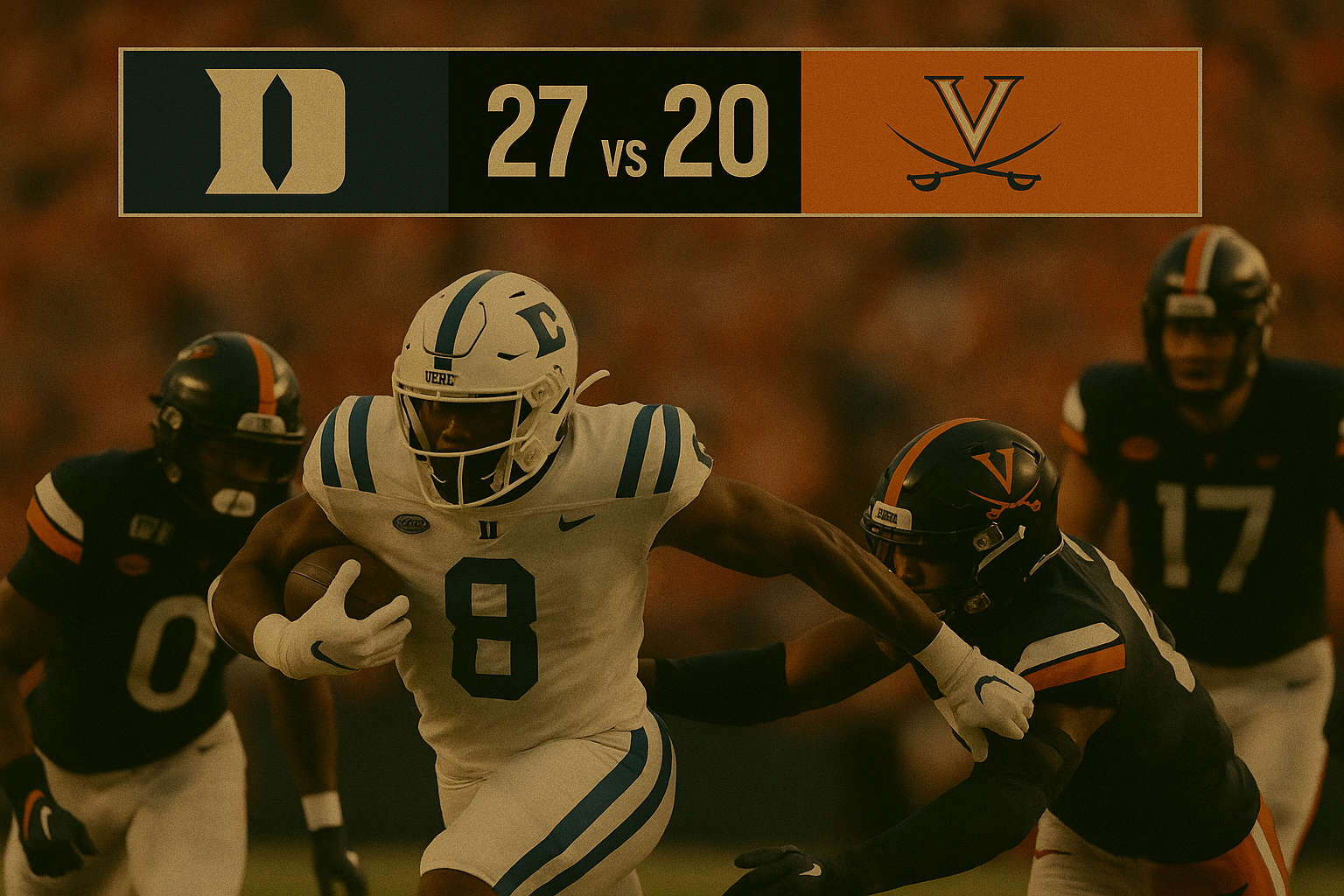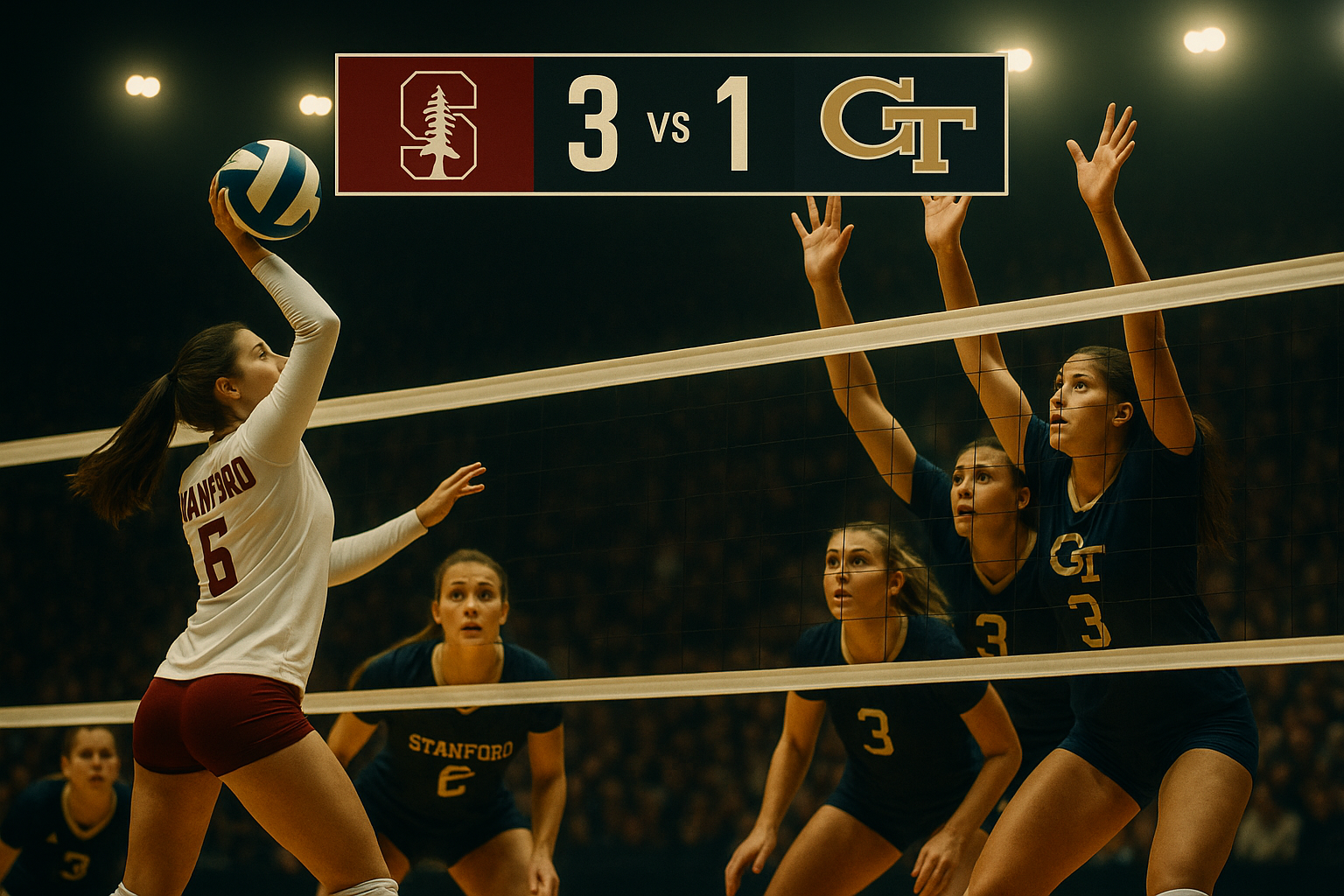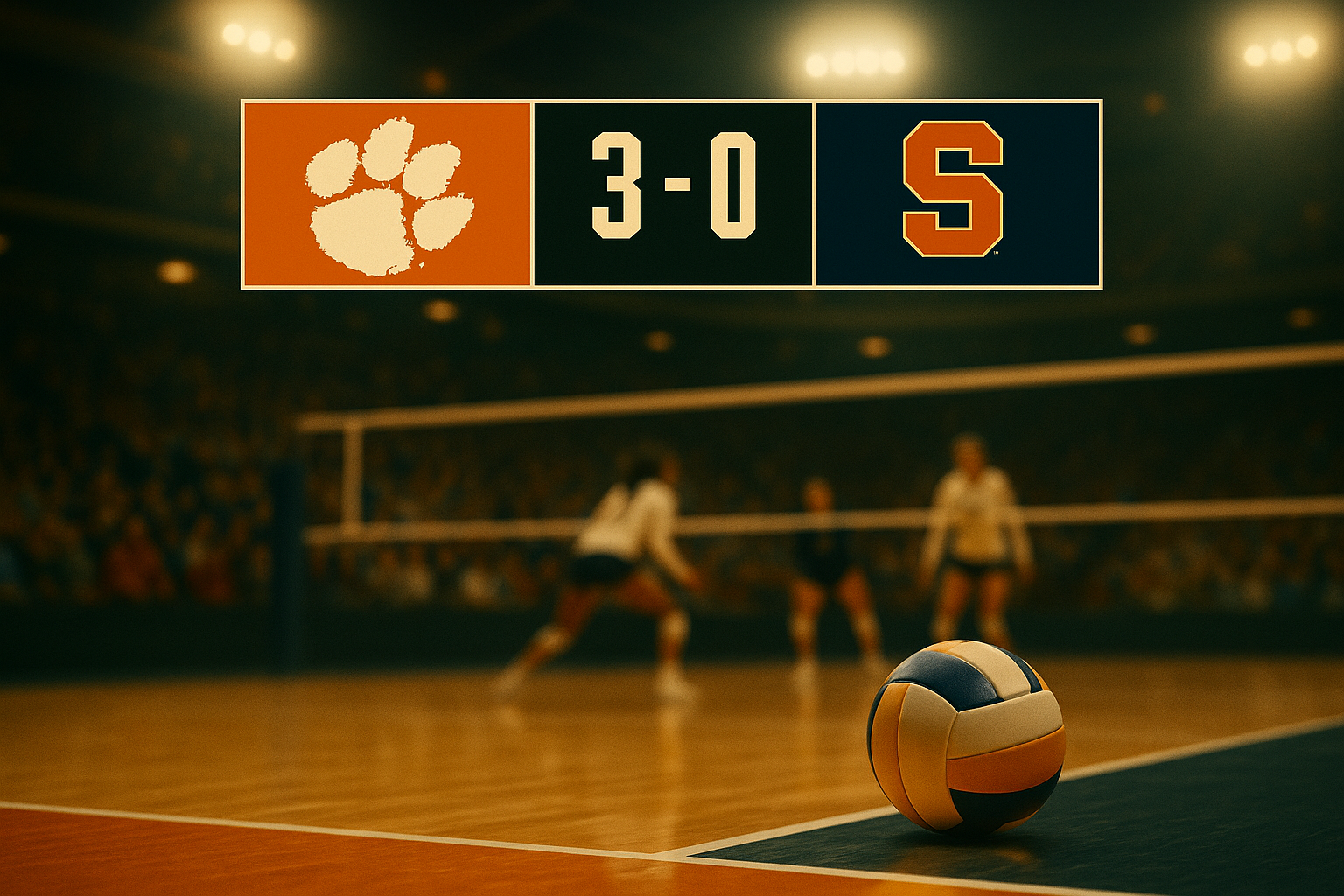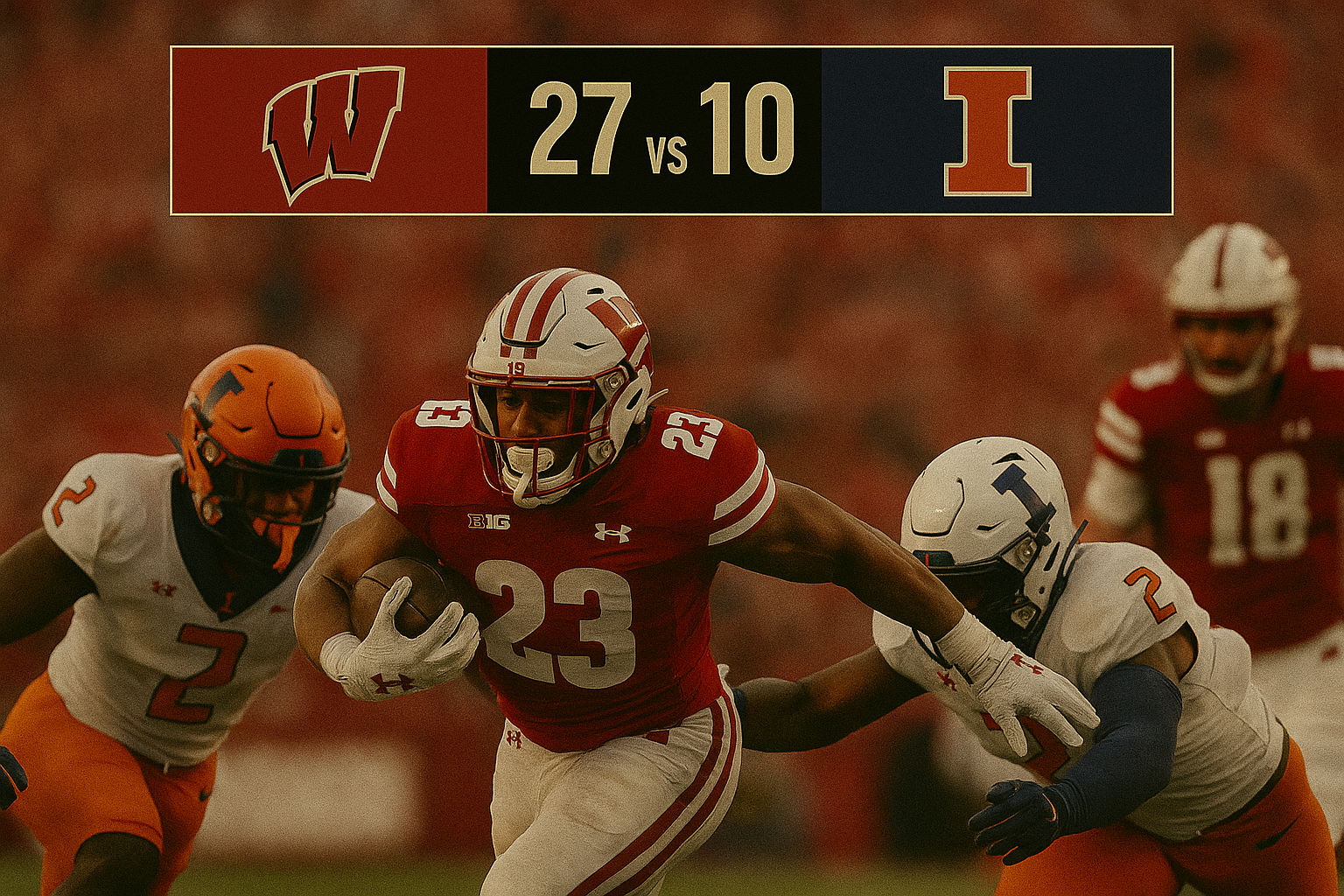No. 21 Michigan Holds Off Purdue 21–16 Behind Marshall’s Career Night
Wolverines Survive Turnovers and Late Surge to Earn Seventh Straight Win Over Boilermakers
ANN ARBOR, Mich. — The No. 21 Michigan Wolverines relied on the power and precision of their running game to outlast a gritty Purdue team, 21–16, on Saturday night at Michigan Stadium. Sophomore running back Jordan Marshall carried the Wolverines with a career-high 185 rushing yards and three touchdowns, helping his team overcome offensive miscues and a persistent Boilermaker rally.
The win improved Michigan to 7–2 overall and 5–1 in the Big Ten, maintaining their position in the conference race despite an uneven offensive showing. Purdue dropped to 2–7 (0–6 Big Ten) yet delivered one of its most complete efforts of the season against a ranked opponent.
Marshall Leads Michigan’s Ground Game
Marshall’s breakout performance proved decisive. Filling in for the injured Justice Haynes, the sophomore dominated from the start, scoring all three of Michigan’s touchdowns and surpassing 100 rushing yards for the third consecutive game.
His first touchdown came midway through the opening quarter on a 54-yard sprint up the middle following a short screen pass that had already netted 25 yards on the drive. The burst showcased both his vision and top-end speed, giving Michigan a 7–0 lead. It marked his third touchdown run of 50 or more yards this season.
Marshall’s second touchdown came with just 17 seconds remaining in the first half — a three-yard plunge that broke a 7–7 tie and sent Michigan to the locker room ahead 14–7. His third, a nine-yard run early in the fourth quarter, proved to be the decisive score, pushing Michigan’s lead to 21–10 before Purdue closed the gap late.
In total, Michigan rushed for 253 yards, surpassing its season average of 220 per game. The Wolverines finished with 398 total yards, relying heavily on the ground attack as freshman quarterback Bryce Underwood continued to search for consistency in the passing game.
Purdue’s Balanced Attack Keeps Game Tight
Despite entering the matchup winless in conference play, Purdue showed poise and discipline. Quarterback Ryan Browne completed 19 of 24 passes for 133 yards and one touchdown, while the running game — led by Malachi Thomas and Antonio Harris — helped control time of possession for much of the night.
Thomas carried the ball 15 times for 68 yards and added a receiving touchdown, his second in as many games. Harris provided a spark from the wildcat formation, capping a 16-play, 75-yard drive with a two-yard rushing score that tied the game at 7–7 midway through the second quarter.
That drive, which lasted nine and a half minutes, was Purdue’s longest scoring sequence in three seasons and demonstrated its ability to sustain offensive rhythm against an elite defense.
The Boilermakers trailed just 14–7 at halftime but cut into the deficit early in the third quarter when Spencer Porath drilled a career-long 50-yard field goal, trimming the lead to four. Purdue continued to threaten throughout the second half, capitalizing on Michigan mistakes and forcing pressure situations.
Defensive Resilience Defines the Game
Michigan’s defense, though tested, made key stops in crucial moments. Linebackers Ernest Hausmann and Troy Bowles filled the void left by injured starters, combining for 17 tackles. Hausmann led the team with 11 stops, including one tackle for loss, while Bowles added a career-best six tackles.
Defensive end Derrick Moore was instrumental early, posting two first-half sacks — one that pushed Purdue out of field goal range and another that forced a fumble recovered by Rayshaun Benny. Those plays halted promising Boilermaker drives and allowed Michigan to maintain its narrow halftime edge.
Purdue’s defense was equally resilient. Safety Hudauri Hines intercepted Underwood in the red zone late in the first half — the first of his collegiate career — preventing Michigan from extending its lead. Linebacker Tahj Ra-El recorded 13 tackles, his third double-digit performance this season, while Mani Powell anchored the pass rush with 1.5 sacks.
In the third quarter, Purdue appeared poised to shift momentum entirely. After forcing a fumble by Underwood near the goal line, the ball rolled through the end zone for a touchback — Michigan’s second red-zone turnover of the game. However, the Wolverines’ defense held firm, forcing punts and protecting the slim advantage.
Key Moments and Turning Points
The game’s turning point came early in the fourth quarter when Marshall capped a methodical Michigan drive with his third touchdown, giving the Wolverines a 21–10 lead. Purdue responded six minutes later, as Browne connected with Thomas on a five-yard touchdown pass to make it 21–16, but the Boilermakers’ two-point conversion attempt failed.
From there, Michigan’s offense shifted into clock-control mode. The Wolverines’ final drive chewed up more than four minutes and advanced inside Purdue’s 10-yard line before kneeling to seal the victory.
Despite Michigan’s mistakes — two red-zone turnovers and inconsistent passing — its ground dominance and timely defensive stops made the difference. Purdue, meanwhile, executed efficiently between the 20s but struggled to finish drives, a recurring issue throughout its season.
Underwood’s Learning Curve Continues
Underwood, the nation’s top-ranked recruit in the 2024 class, showed flashes of talent but also growing pains. He completed 13 of 22 passes for 145 yards and rushed seven times for 44 yards, including several chain-moving scrambles. However, his red-zone fumble and interception underscored the need for greater consistency and composure against high-pressure defenses.
Michigan head coach Sherrone Moore and offensive coordinator Kirk Campbell continued to rely on the run-first approach that has defined the team’s identity all season. With Haynes sidelined and Underwood still developing, the Wolverines leaned heavily on Marshall’s physicality and big-play ability — a formula that proved effective once again Saturday night.
By the Numbers
Michigan held Purdue to 276 total yards, the Boilermakers’ third-lowest output of the season, and forced two turnovers. The Wolverines’ defense has now held five opponents under 20 points this year, reaffirming its reputation as one of the Big Ten’s most disciplined units.
Purdue actually controlled time of possession for much of the night, owning the ball for more than 32 minutes — a testament to its short passing game and third-down efficiency. Yet, Michigan’s explosive rushing plays repeatedly shifted momentum.
The Wolverines have now won seven straight games against Purdue, extending a streak that dates back to 2011. Saturday’s victory also marked Michigan’s fifth game this season holding an opponent under 20 points, highlighting its defensive consistency even in close contests.
Looking Ahead
Michigan enters its bye week before facing Northwestern at Wrigley Field on November 15. With two conference games remaining, the Wolverines remain within striking distance of a Big Ten Championship berth.
Purdue returns home to Ross-Ade Stadium to host top-ranked Ohio State. Despite the loss, the Boilermakers’ determined effort against a ranked opponent could serve as a building block for head coach Barry Odom’s first-year program.
Final Takeaway
Michigan’s 21–16 win over Purdue showcased both the team’s strength and vulnerability. Behind Jordan Marshall’s career-best performance and a defense that tightened when it mattered, the Wolverines survived a dangerous opponent and kept their postseason hopes intact.
For Purdue, the night offered frustration and validation in equal measure — a reminder that progress is often measured in performance, not just wins. Against one of the nation’s top programs, the Boilermakers proved they could compete — just not quite finish.









